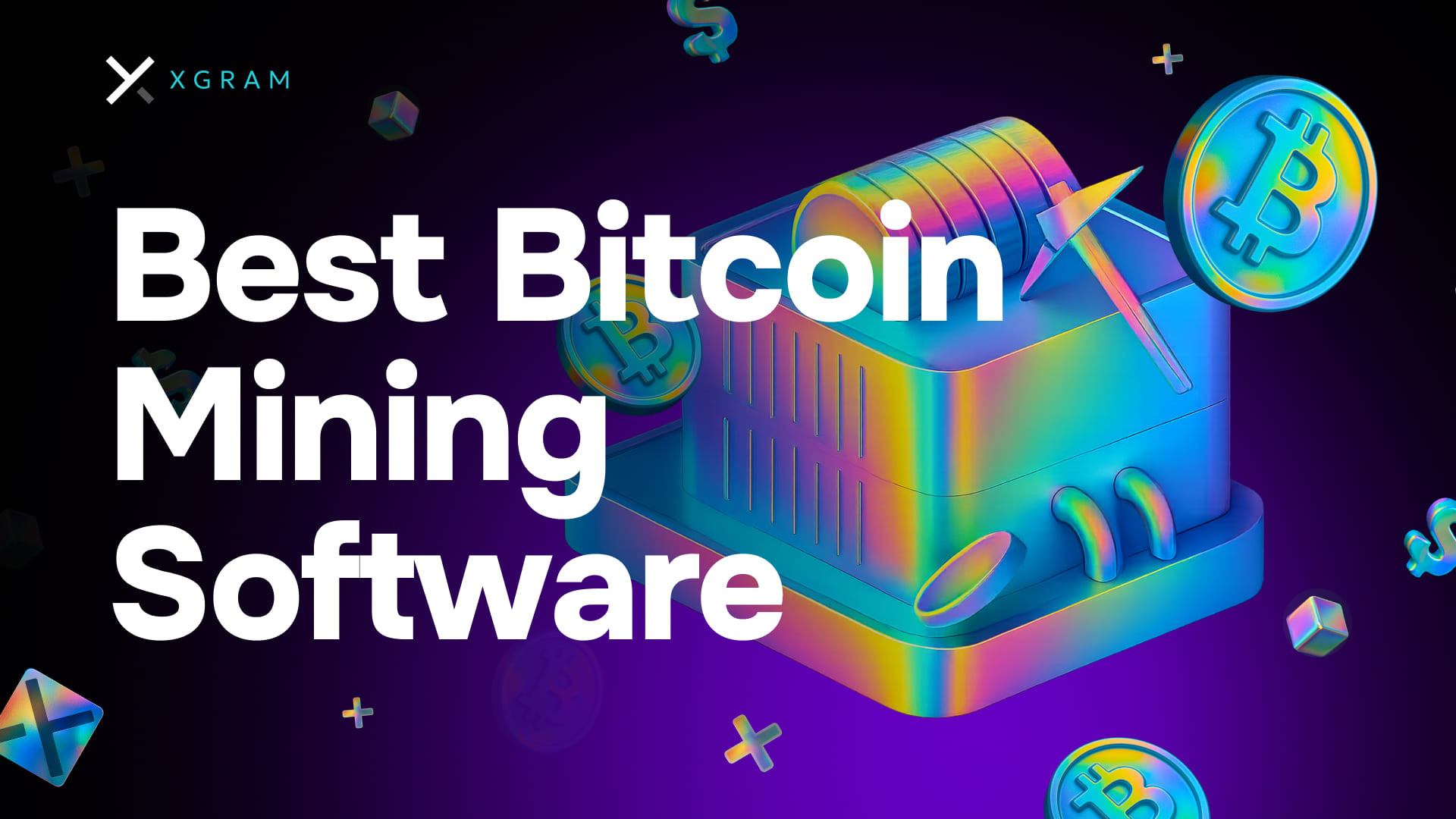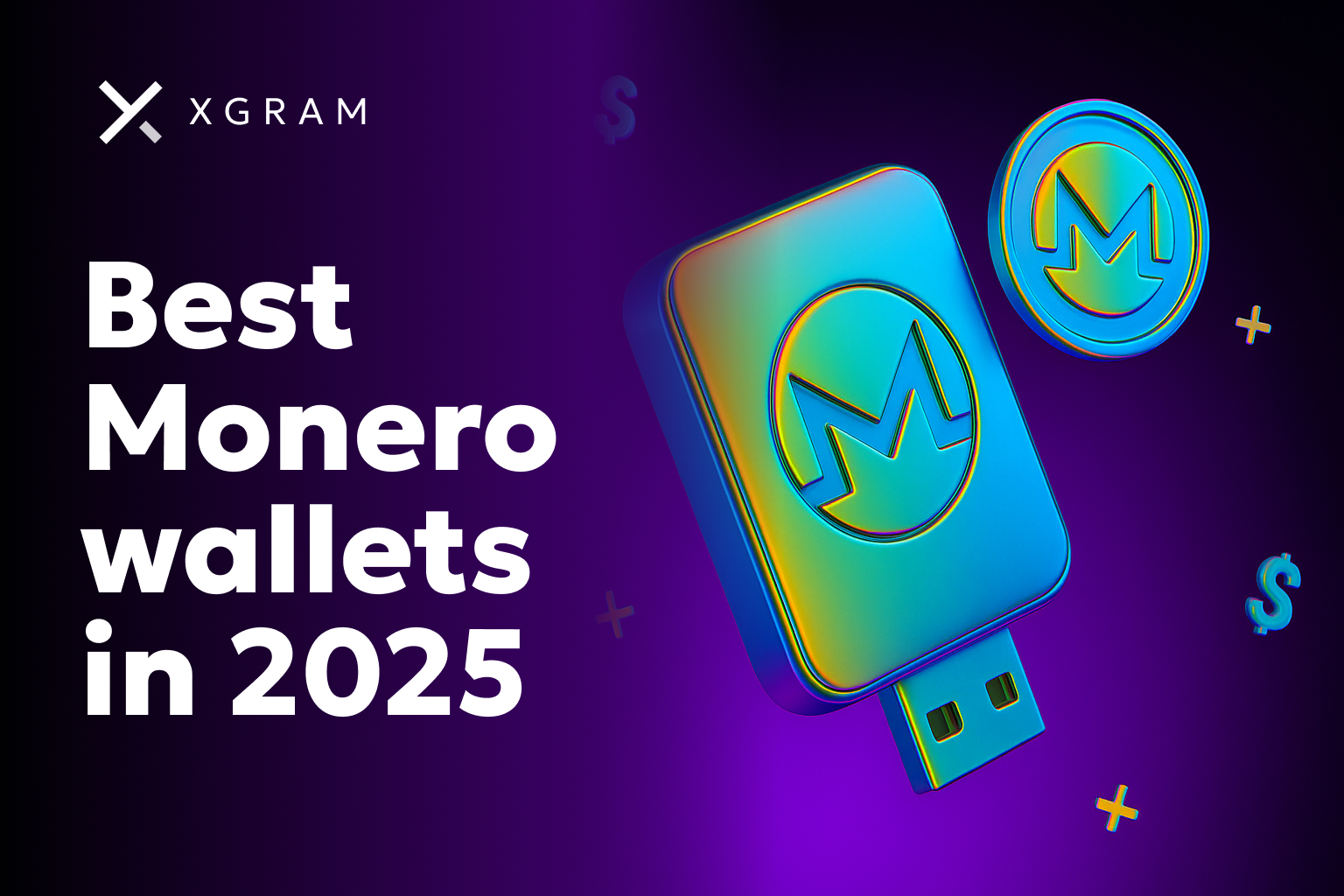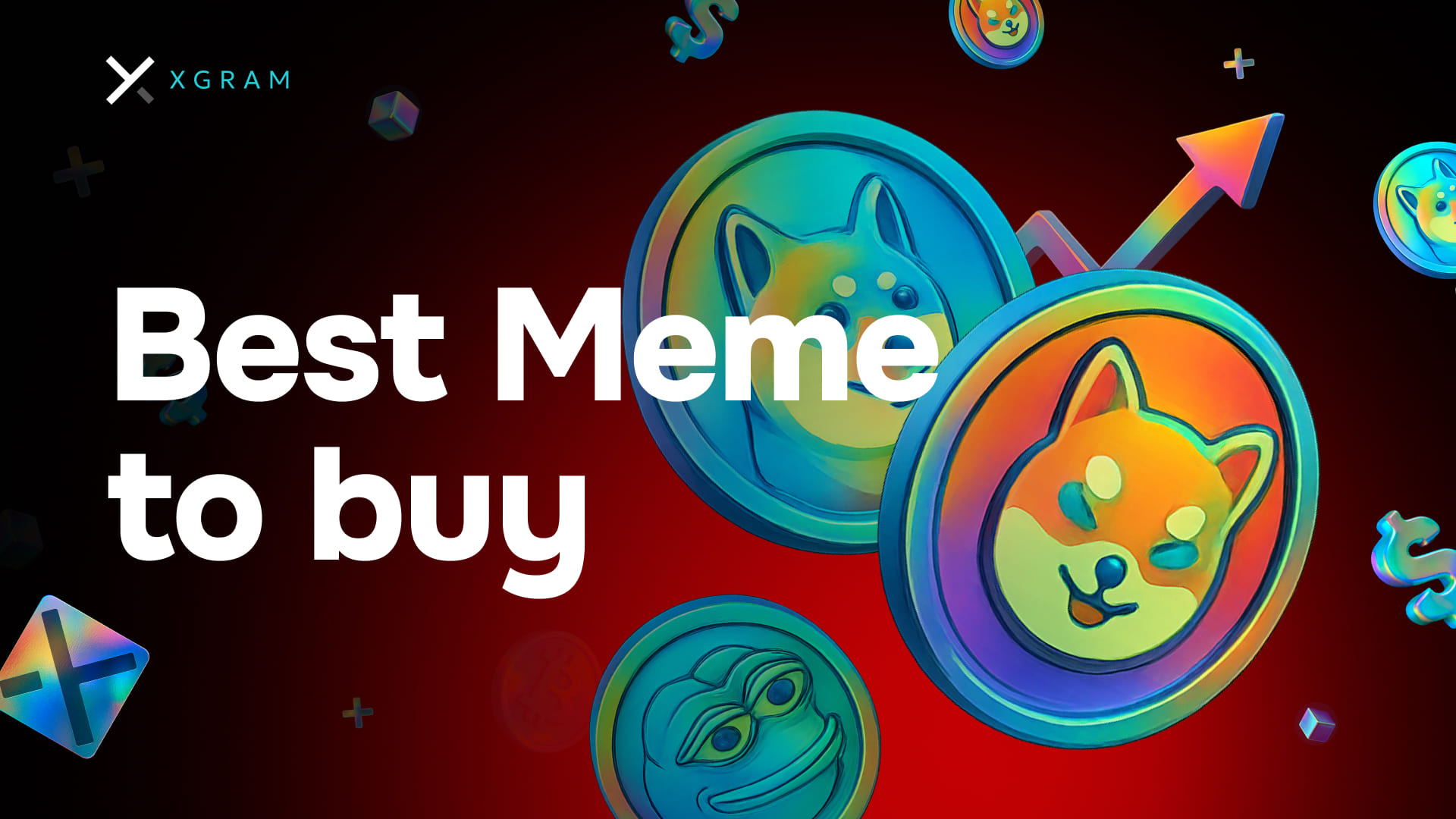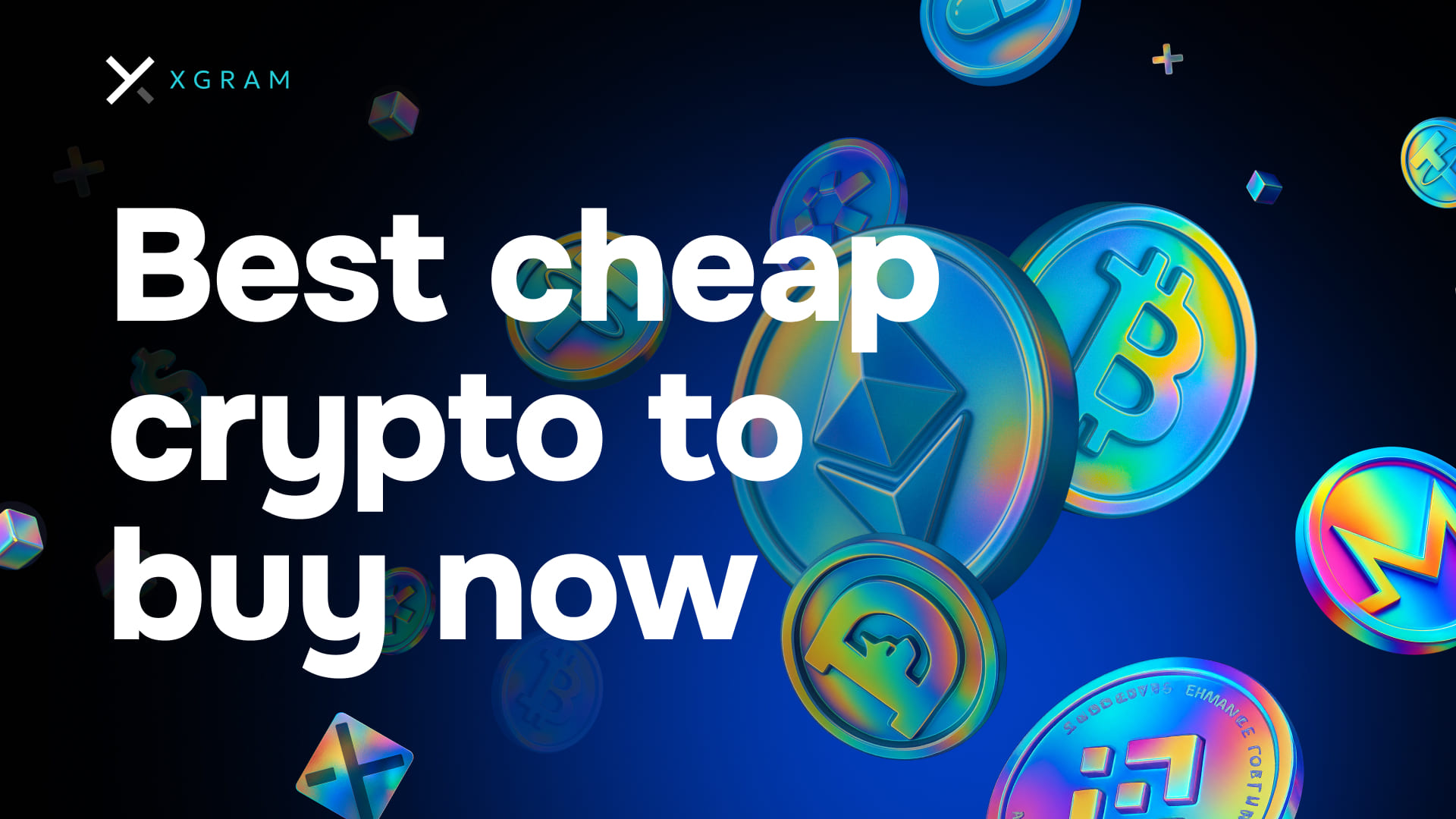Understand Bitcoin mining software
Bitcoin mining software serves as the digital command center for mining hardware. It communicates with the Bitcoin network to validate transactions and secure the blockchain, a global ledger of all Bitcoin activity. Mining software comes in many forms, but each option aims to streamline processes like hashing, monitoring temperatures, and adjusting power limits.
In one 2023 survey of 900 small-scale miners, 68% said a stable user interface was more important than additional features. This detail underscores a core principle: a miner may possess the most robust hardware, but without accessible software, efficiency often suffers. For those who mine on their own, straightforward controls can greatly improve daily management. On the other hand, some advanced miners appreciate complex scripting options to fine-tune performance and keep overhead costs in check.
Bitcoin mining also boosts security for the entire network. Each mining node helps verify new transactions by competing to solve cryptographic puzzles. These puzzles guarantee that only the correct, verifiable blocks join the chain. Strong software—in tandem with capable hardware—turns electricity and computing power into valuable blocks of newly minted Bitcoin.
Focus on key features
When considering which application qualifies as the best bitcoin mining software, individuals frequently look for a few major factors. The details below can help them weigh different software options.
Reliability and stability
Mining runs continuously, often 24/7. A stable application limits crashes and helps minimize downtime. Reliability can be especially critical when electricity costs are high—and every moment of idle time means lost potential revenue.Compatibility
While some miners run on Windows, many prefer Linux-based setups due to efficiency. Others aim for maximum flexibility with Mac systems. Good software supports multiple operating systems and hardware drivers for GPUs, ASICs (Application-Specific Integrated Circuits), or CPUs.Monitoring and control
Many novices find that live temperature and fan speed metrics help them detect hardware stress early. Meanwhile, advanced miners prefer tools that let them adjust clock speeds and manage overclocking. When it comes to large-scale setups, remote monitoring can allow teams to keep track of multiple rigs from one dashboard.Open-source vs. proprietary
Some popular platforms give users the open-source advantage, allowing them to see and modify the code. For certain miners, open-source software engenders trust because they can verify that code isn’t doing anything malicious. Others prioritize professional customer support, which some paid or proprietary applications provide.Fee structure
Mining software sometimes charges a developer fee or a pool fee. Although these percentages are usually small (1–2%), frequent payouts can add up. Individuals might need to decide between free but minimalist platforms or paid, fully supported solutions.
The trade-offs between different features come down to personal preference, budget, and the scale of operations. Balancing reliability, fee transparency, and performance is key.
Explore top software
Mining enthusiasts often wonder which names stand out among similar solutions. Though the market is always evolving, certain platforms consistently appear on “best bitcoin mining software” lists thanks to established track records, feature depth, or widespread community support. The selections below illustrate pros and cons of notable options.
1. CGMiner
- Established since 2011, making it one of the longest-running Bitcoin mining tools.
- Mainly command-line based, appreciated by advanced miners for its robust controls and ability to monitor multiple pools.
- Compatible with Linux, Windows, and macOS, though the newest features often arrive on Linux first.
- Offers dynamic clocking and detailed logs. However, beginner miners may find the interface intimidating.
2. BFGMiner
- Forked from CGMiner but tailored for ASIC and FPGA (Field-Programmable Gate Array) devices.
- Includes fan speed controls, remote interface, and support for multiple device drivers.
- Offers advanced temperature management features that help protect against hardware damage.
- Mostly text-based, so advanced knowledge is helpful when configuring it.
3. MultiMiner
- Built as a more user-friendly alternative to BFGMiner by the same developer.
- Includes graphical dashboards and simplified controls, appealing to those new to Bitcoin mining.
- Automatically scans hardware and recommends an optimal hashing engine.
- Users can switch between coins if they wish to mine something else, although some advanced customizations are more limited.
4. NiceHash Miner
- This software automatically selects the most profitable algorithm based on current market conditions.
- Ideal for newcomers who want to start quickly. On the downside, it takes fees that some might find too high for large-scale mining.
- Regular updates and an active user forum foster transparency.
- Works on Windows and Linux, though advanced overclocking settings can be more complex than CGMiner-based apps.
5. Awesome Miner
- Often used by those managing multiple rigs or even entire mining farms.
- Supports various coins (Bitcoin, Ethereum, Litecoin) for miners who diversify.
- Users can set triggers for temperature or hash rate anomalies to intervene before major issues occur.
- Paid premium features unlock advanced automation, which might be overkill for a single home miner.
Below is a quick comparison table summarizing these popular choices:
| Software | Primary Strength | Difficulty Level | Fee Structure | Operating Systems |
|---|---|---|---|---|
| CGMiner | Customization | Advanced | Developer fees | Linux, Windows, macOS |
| BFGMiner | ASIC & FPGA focus | Intermediate+ | Developer fees | Linux, Windows, macOS |
| MultiMiner | User-friendly GUI | Beginner | Varies | Windows, macOS, Linux |
| NiceHash Miner | Automatic switching | Beginner | Higher fees | Windows, Linux |
| Awesome Miner | Farm management | Intermediate+ | Tiered pricing | Windows, Cloud-based |
Selecting the best option depends on each miner’s hardware, level of experience, and budget. Independent hobby miners, for instance, often choose software with intuitive interfaces, while large operations look for robust remote management and flexible automation.
Optimize for performance
Mining setup often dictates profitability. Hardware, software, location, and electricity rates all interact in subtle ways. That means even the best bitcoin mining software benefits from a well-planned environment.
Below are some considerations to ensure better returns:
Hardware synergy
Certain software solutions cater specifically to ASICs, while others excel with GPU rigs. Matching hardware with purpose-built software can fine-tune performance. Some small-scale miners who rely on GPUs might choose MultiMiner, while professional setups with high-end ASICs might prefer BFGMiner.Cost of electricity
Electricity bills typically represent the largest ongoing expense for Bitcoin miners. Many advanced tools, such as CGMiner, allow meticulous power tweaks that can lower voltage and clock speeds. Slowing down hardware might reduce overall hash power, but it can dramatically cut power use—helpful for those with higher utility rates.Pool selection
The choice of mining pool affects payout frequency and stability. Some pools charge fees but distribute block rewards more consistently. Others operate with a zero-fee model but only reward miners when a block is found. Ensuring that the mining software integrates smoothly with the chosen pool helps reduce headaches and missed rewards.Cooling and noise
High-end rigs can become hot and loud. Software with robust fan management can limit exposure to damaging heat spikes. Designing a cool space or using specialized mining containers can also keep rigs stable and lower the risk of catastrophic shutdowns.Regular maintenance
Mining software updates help fix bugs, address security vulnerabilities, and optimize code. Automated alerts can indicate if hash rates drop unexpectedly or if temperatures spike. Quick interventions often preserve hardware lifespans and maintain more consistent payouts.
Miners who focus on these practical steps find better alignment between software features and real-world profitability. Not every approach requires specialized equipment—sometimes minor tweaks cut costs or improve stability.
Consider Xgram for token swaps
While miners often focus on earning Bitcoin through mining, some participants also handle different token types. If they need to exchange mined tokens for another cryptocurrency or even fiat currency, xgram might be a resource. This platform streamlines the swap process by matching orders quickly, which can appeal to both seasoned traders and beginners.
Xgram usually integrates with multiple blockchain networks so that users can swap tokens in a straightforward environment. It offers real-time market rates, allowing individuals to decide whether it’s an opportune moment to convert their Bitcoin into alternative currencies.
Using Xgram can be beneficial for individuals who want to keep their portfolios flexible. If conditions shift or if a new coin looks promising, they can pivot strategies. For those with large mining outputs, the ability to switch tokens without cumbersome steps can be a major advantage.
Avoid common mistakes
Bitcoin mining can be complex, especially in an ever-changing market. Mistakes can drain resources or stall profitability. Below are pitfalls worth noting:
Ignoring software updates
Mining software evolves quickly, with developers adding features or patching known bugs. Neglecting updates may lower hash rates or cause missed profit opportunities.Chasing short-term trends
Bitcoin’s value can surge or dip within days. Some miners drastically alter their setups based on short-lived market conditions. Instead, stable configurations and consistent practices often yield better long-term results.Running without backups
Unexpected hardware failures or system reboots can cause data loss. Maintaining config file backups (especially for advanced setups) helps restore systems.Overheating hardware
When rig temperatures climb, the GPU or ASIC can throttle or shut down. Good monitoring software will alert an operator early. However, ignoring warning signs can permanently damage expensive equipment.Overextending finances
Purchasing powerful rigs or high-end software add-ons might be tempting. However, without a clear plan for offsetting high electricity costs, one can end up with longer-than-expected payback times.
Miners can mitigate these risks by focusing on stable software setups, careful hardware maintenance, and rational spending. Each oversight can undermine profit margins and lead to frustration.
Frequently asked questions
1. How much can someone earn with Bitcoin mining software?
Earnings vary widely based on hardware power, electricity rates, and Bitcoin’s price. Some home miners might only make small gains each month, while large-scale commercial miners may see significant returns. It is always wise to use profitability calculators to set realistic expectations.
2. Which operating system is most common for mining software?
Windows remains prevalent among hobby miners, primarily due to its familiar interface and broad hardware driver support. Linux-based environments are popular with advanced miners who want efficient resource usage and robust scripting options. Both operating systems can work effectively if chosen software is compatible.
3. Is fast internet essential for Bitcoin mining?
Mining requires stable internet but not necessarily high bandwidth. Most mining applications only need a steady connection to the Bitcoin network for transmitting submitted hashes and receiving instructions. A typical broadband setup is usually sufficient unless someone runs exceedingly large-scale operations.
4. Do free mining software tools offer enough features?
Some free applications—like CGMiner or BFGMiner—are open source and come with robust features. However, paid alternatives may provide additional support, simplified interfaces, or specialized functionality. The choice often depends on a miner’s technical skill and need for customer service.
5. Can token swaps improve profits more quickly?
Miners primarily earn Bitcoin, but they can swap these tokens for others if market conditions seem favorable. Using platforms like xgram provides an easy way to exchange tokens, potentially maximizing profit if an alternate coin spikes in value. This strategy, however, carries additional market risks.
Wrap up and next step
Selecting the best bitcoin mining software involves balancing hardware compatibility, fee structures, and personal expertise. Though different tools cater to unique audiences, miners generally want stability, detailed monitoring, and ongoing support. By pairing purposeful software with consistent electricity management and a reliable exchange strategy for tokens, individuals can enhance their success.
Beginners often discover that a simple, well-tested tool offers the smoothest on-ramp, whereas advanced miners might stick to the complex commands of CGMiner or BFGMiner for maximum customizability. Regardless of where someone starts, regular maintenance—both digital and physical—helps keep operations running. Continual tweaks and learning often reveal new efficiencies. With the right approach, miners may find that a carefully chosen software package is the key to building sustainable rewards over time.



